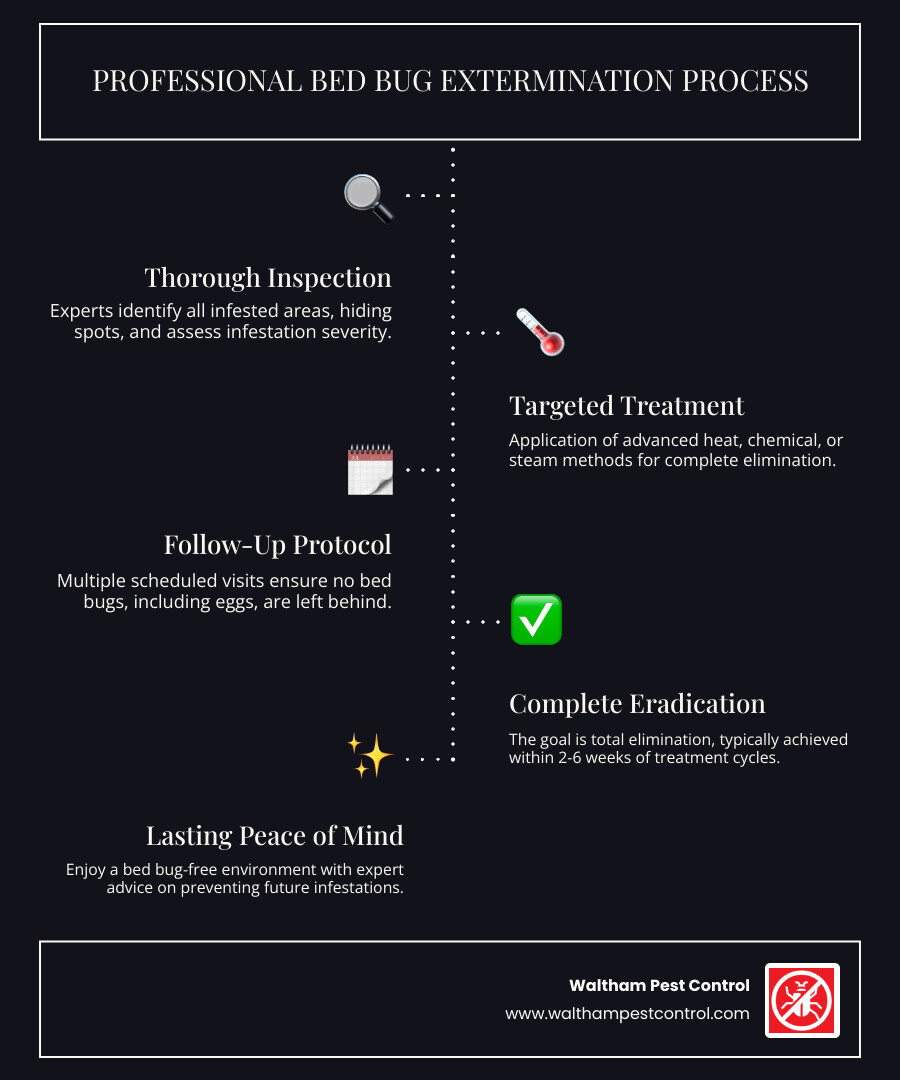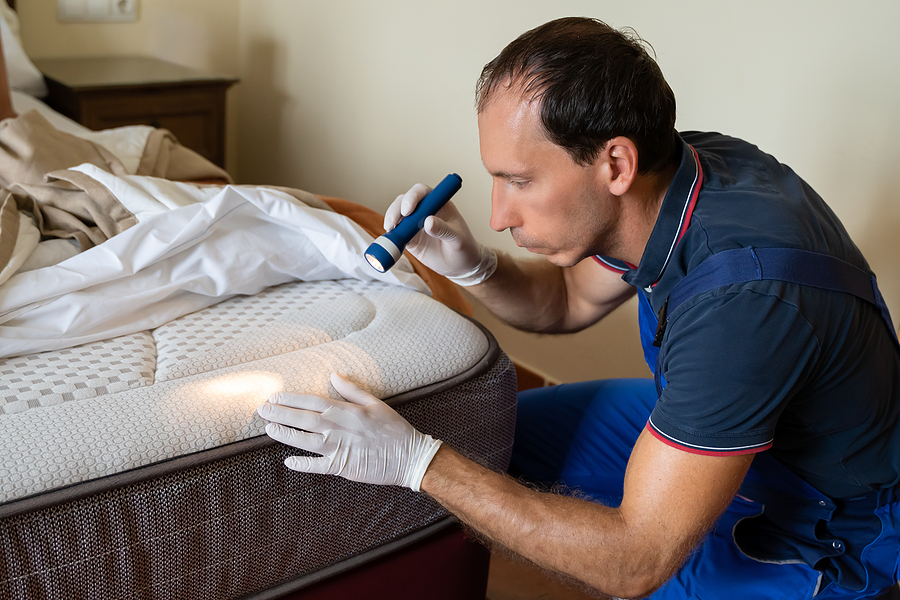The 15-Second Trick For Bed Bug Services
Fascination About Bed Bug Services
Table of ContentsThe Buzz on Bed Bug ServicesMore About Bed Bug ServicesThe 3-Minute Rule for Bed Bug ServicesBed Bug Services Things To Know Before You Buy
An expert-conducted bed bug inspection is far more detailed than a casual glance and relies on expertise. Bed bugs are small, elusive, and adept at hiding that hide in narrow spaces, corners, and upholstery. Because of their hidden habits, detailed examination is necessary to determine the presence and extent of an infestation. Professional inspectors rely on specialized equipment, systematic procedures, and experience to detect bed bugs accurately, preventing spread and further infestation.The first step in the inspection process involves knowing the habits and life cycle of bed bugs. Bed bugs belong to the order Hemiptera and experience multiple nymph stages before reaching adulthood. Adults are around five millimeters long, flat, reddish-brown, and wingless with slender legs and antennae. Their mouthparts are designed to pierce skin and extract blood, producing skin irritation and visible marks. Knowing these traits guides professionals in locating infestations.
Early detection is critical for effective management. Professionals carefully check for signs such as dark spots of fecal matter, molted skins, and eggs (Bed Bug Services). Female bed bugs are capable of laying hundreds of eggs, leading to rapid infestations if unchecked. Evidence of molted skins or eggshells indicates active infestation and requires prompt inspection
Preparing for an inspection demands meticulous preparation. Inspectors often recommend clearing clutter from treatment areas, which facilitates examination of hard-to-reach areas. Bedding and linens may be treated with heat before inspection, and then stored in sealed bags to prevent re-infestation. Wall decor, mirrors, and pictures may need to be removed to allow access to potential bed bug harborages. Vacuuming furniture and floors helps clean up stray insects, and vacuum bags should be disposed of immediately outside.
The 9-Minute Rule for Bed Bug Services
The inspection itself is comprehensive and careful. Inspectors examine mattresses, bed frames, and headboards, paying attention to edges, seams, and potential More Bonuses hiding spots. Upholstered furniture, including sofas and recliners, is scrutinized to reveal any hidden pests. Baseboards, moldings, the edges of wall-to-wall carpeting, electrical outlets, closets, and storage areas receive detailed attention, as these can be common harborage sites.
Specialized tools enhance detection accuracy. Flashlights, magnifying lenses, multi-tools, and mirrors provide visibility in crevices and corners. Monitoring devices like interceptor traps or sticky pads help track bed bug activity over time. Some companies employ trained canines, which detect even small infestations, distinguishing them from old evidence.

Meticulous documentation plays a critical role. Inspectors record the locations of evidence, severity of infestation, and treatment recommendations. This ensures accountability and facilitates discussion with residents. Residents are often instructed to preserve evidence for accuracy, as this maintains inspection effectiveness.
After inspection, a monitoring plan may be recommended to verify infestations and observe trends. Continuous monitoring detects reinfestation, and asking residents about bites and sightings supplements physical inspection. Cooperation from residents enhances detection.
5 Simple Techniques For Bed Bug Services

Professional inspections try this site offer a higher level of accuracy than DIY attempts. Trained inspectors spot subtle signs overlooked by untrained eyes, ensure the correct pest is addressed, and provide certainty.
Bed bug inspections are particularly you can try these out important in high-risk environments. Inspectors assess all connected areas to ensure the infestation is fully mapped (Bed Bug Services). This stops further spread
In summary, a professional bed bug inspection includes identifying the pest, readying the environment, inspecting meticulously, employing tools, maintaining records, and ongoing monitoring. Each step contributes to accurate detection, effective treatment planning, and long-term prevention.
The 9-Minute Rule for Bed Bug Services
